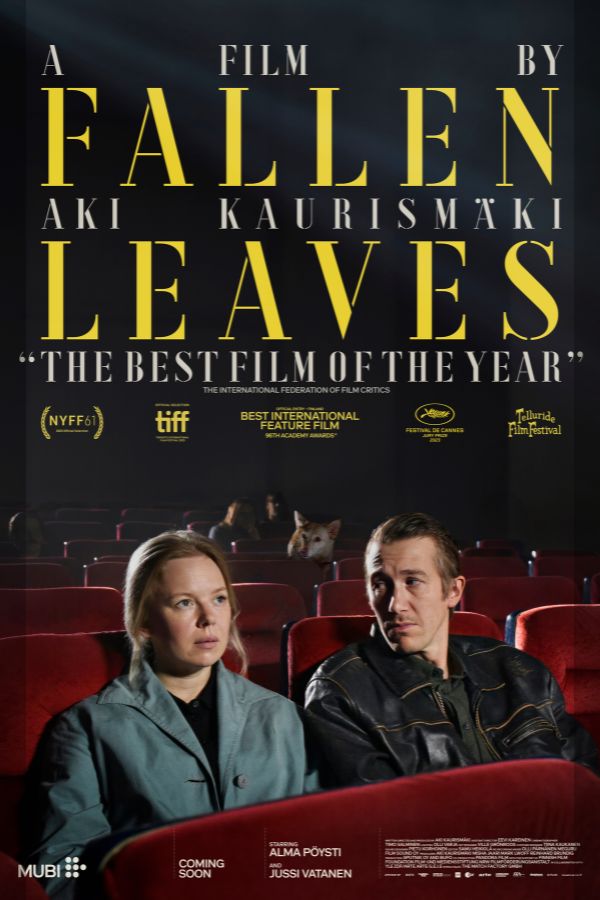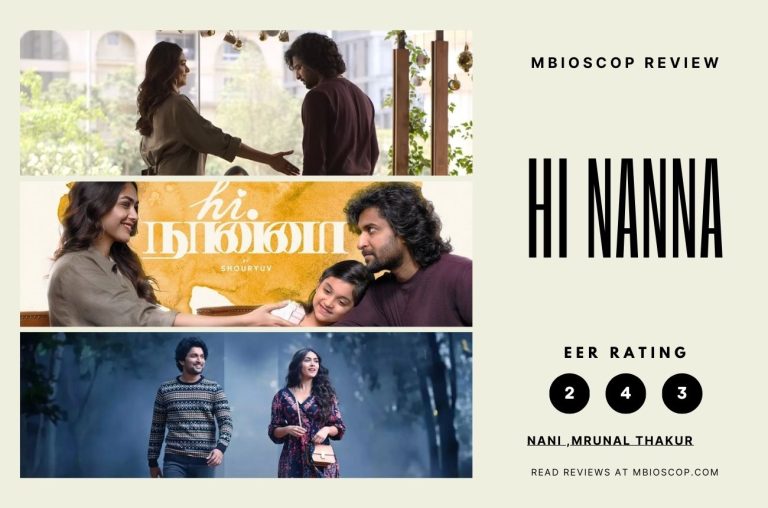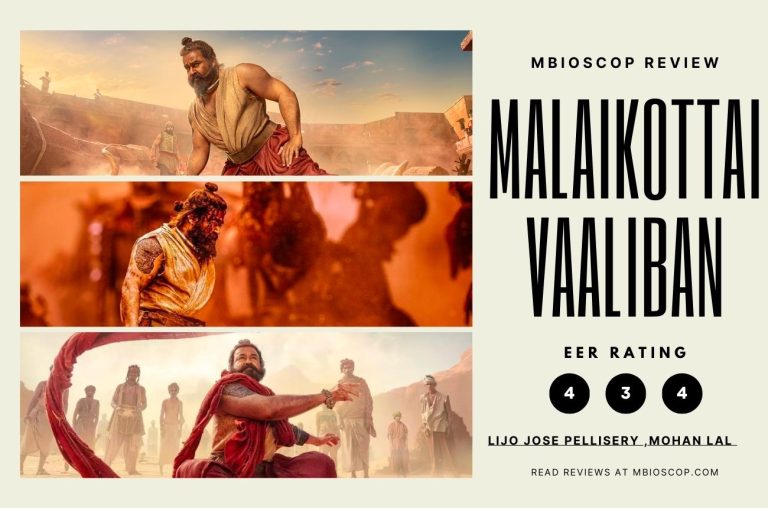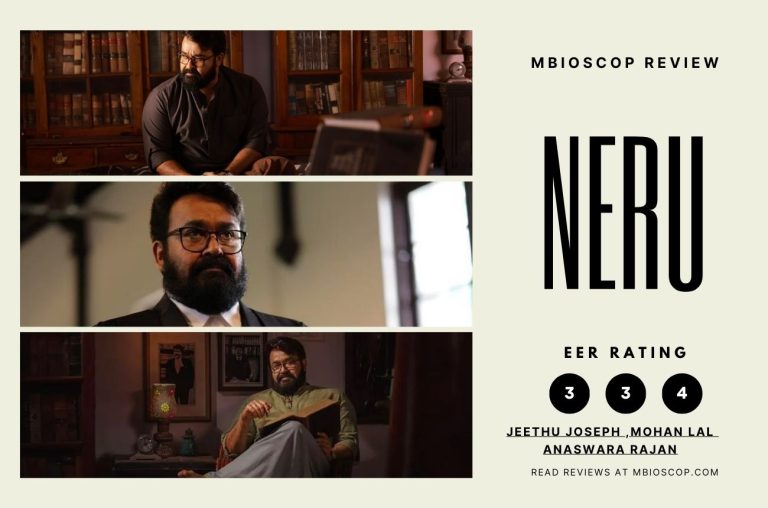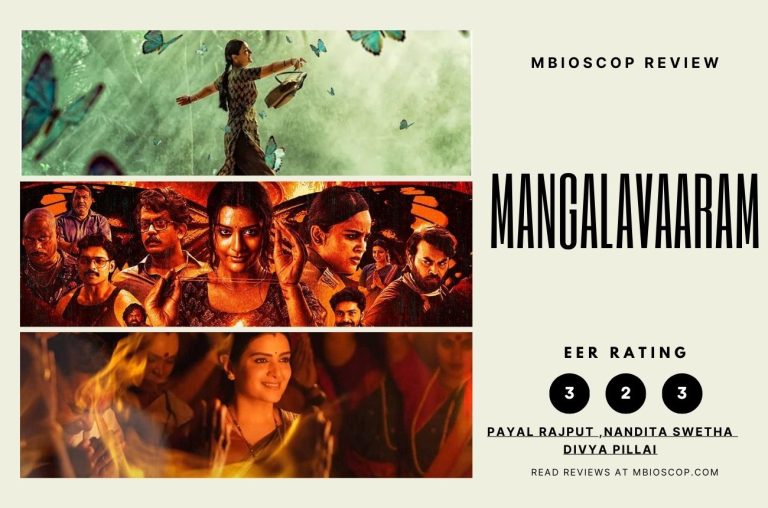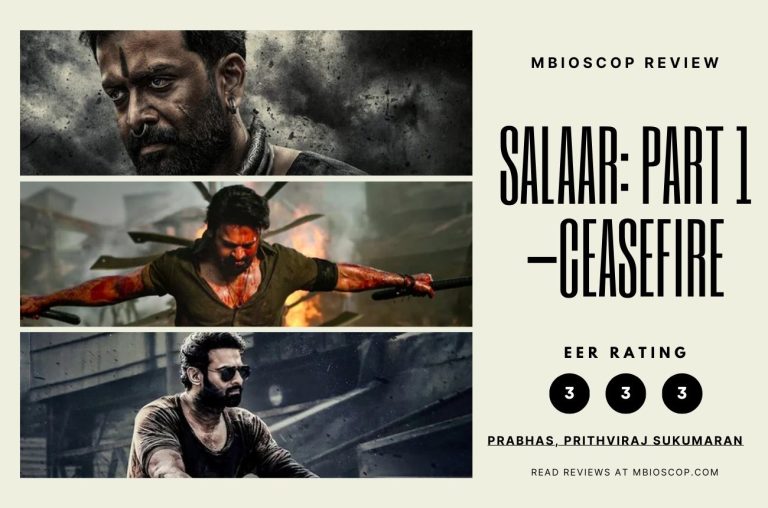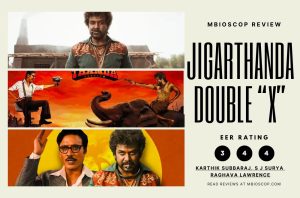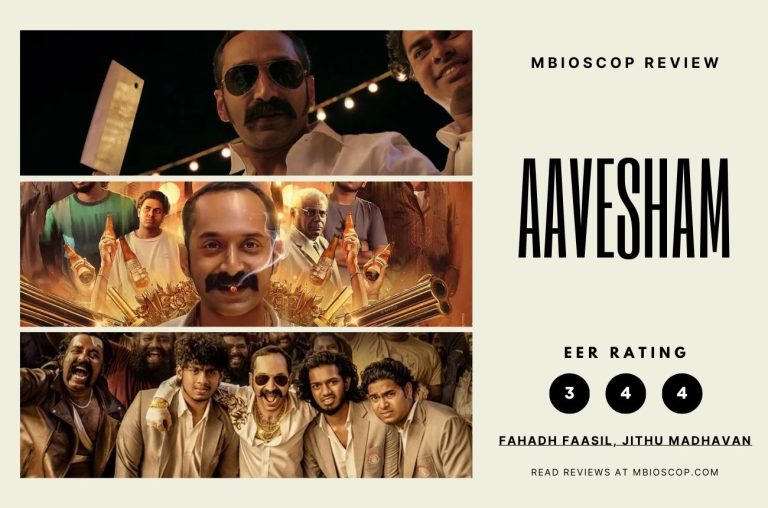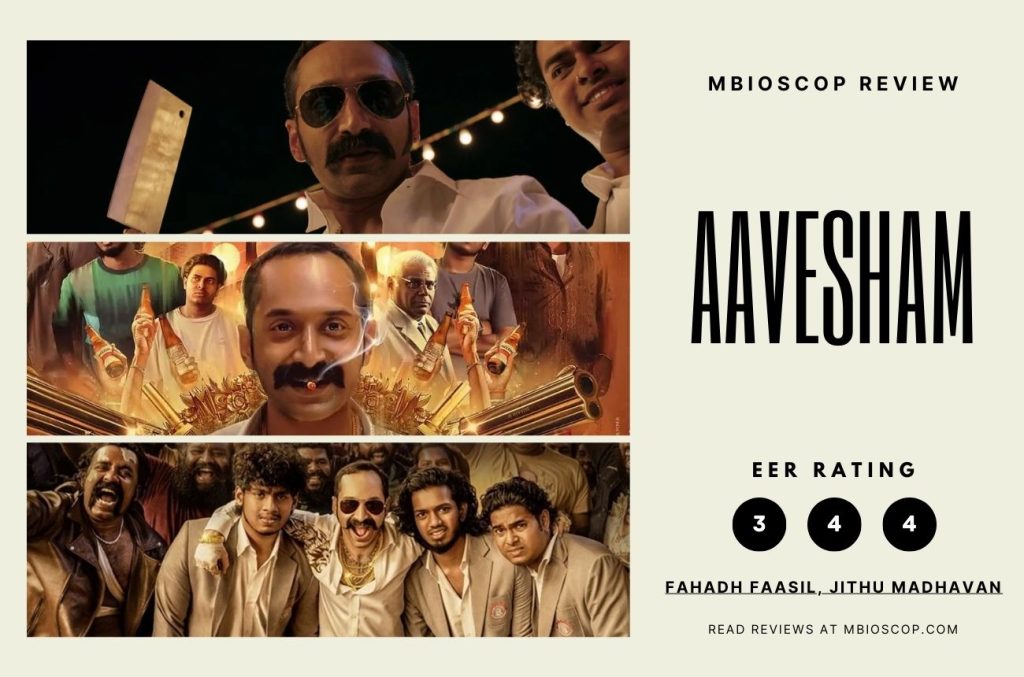In the heart of Helsinki, Ansa, a single woman, navigates the aisles of a supermarket, not just stocking shelves but also the fragments of her own life. One fateful night, her path crosses with Holappa, a fellow soul burdened by loneliness and a reliance on alcohol. In the face of adversity and the inevitable tangle of misunderstandings, they embark on a journey to construct a connection that transcends the aisles and echoes through the quiet corners of their solitary worlds.
Defining perfection in cinema transcends genres and specific events. A cinematic masterpiece, irrespective of its category, possesses a profound clarity of purpose. It understands its core message, recognizing that even in its apparent simplicity, the essence defies reduction to mere words or descriptions—it must be experienced firsthand. Therefore, the true perfection of a film unveils itself only when witnessed, as its brilliance resides in the profound impact it leaves on the viewer, an impact that goes beyond the constraints of verbal articulation.
Keeping it concise—no extensive commentary on “Fallen Leaves,” the latest creation from Finnish maestro Aki Kaurismäki, marking his return after six years. The film unfolds in a mere hour and twenty minutes, delivering a soulful romance that treads familiar narrative paths. In a dance of almost-meets, actual encounters, near misses, and eventual unity, a man and a woman navigate the labyrinth of their solitude. Classic Kaurismäki complexities arise—alcohol, mundane jobs, and a world encroaching with troubles. While not as overtly socially conscious as Kaurismäki’s recent immigration-themed comedies, a notable leitmotif surfaces: whenever Alma Pöysti’s Ansa tunes her radio, the distant echoes of the war in Ukraine reverberate.
Set in contemporary times, yet draped in Kaurismäki’s signature retro mise-en-scène, this film pays meticulous attention to the tiniest design details. Ansa’s radio boasts a circular analog dial, and her microwave, though present, is a no-frills box. Even in the late appearance of a band, the discerning eye notes Kaurismäki’s commitment to authenticity—electric guitars equipped with single-coil pickups, eschewing humbuckers. If you catch the nuance, you’re attuned to his aesthetic.
Ansa, initially a grocery store cashier with a compassionate heart, finds herself ousted for altruism—caught donating expired food to a hungry homeless man. Exiting with a couple of sympathetic coworkers, her path intersects with Jussi Vatanen’s Holappa, whose lanky frame and unruly hair stand out at a karaoke bar. Holappa, preferring the solace of a bottle or flask, discovers a spark in Ansa. Yet, for the emotional connection he craves, choices loom as he navigates through a series of transient jobs. While Kaurismäki has never explicitly depicted an AA meeting, he ventures close in his portrayal of Holappa’s journey.
The heart of this film’s touching emotional finesse lies in its robust formal structure. Each frame is purposeful, executing its designated task with precision. Performances, marked by a calculated restraint, contribute to the film’s overall poignancy. While I once quipped that the writer/director excels at injecting “dead” into “deadpan,” his ability to unfold narratives and coax performances into conveying an unexpected, subtle warmth is truly captivating. True to the Kaurismäki tradition, the introduction of an enigmatic dog injects a delightful energy into the narrative. Initially dubbed “dog” by Ansa, the mutt plays a pivotal role in the film’s genuinely uplifting conclusion. Ansa unveils a new name for the canine, a gesture that bestows upon the film itself a well-deserved honorific. It’s a touch too precious to spoil, so I’ll refrain from doing so.


